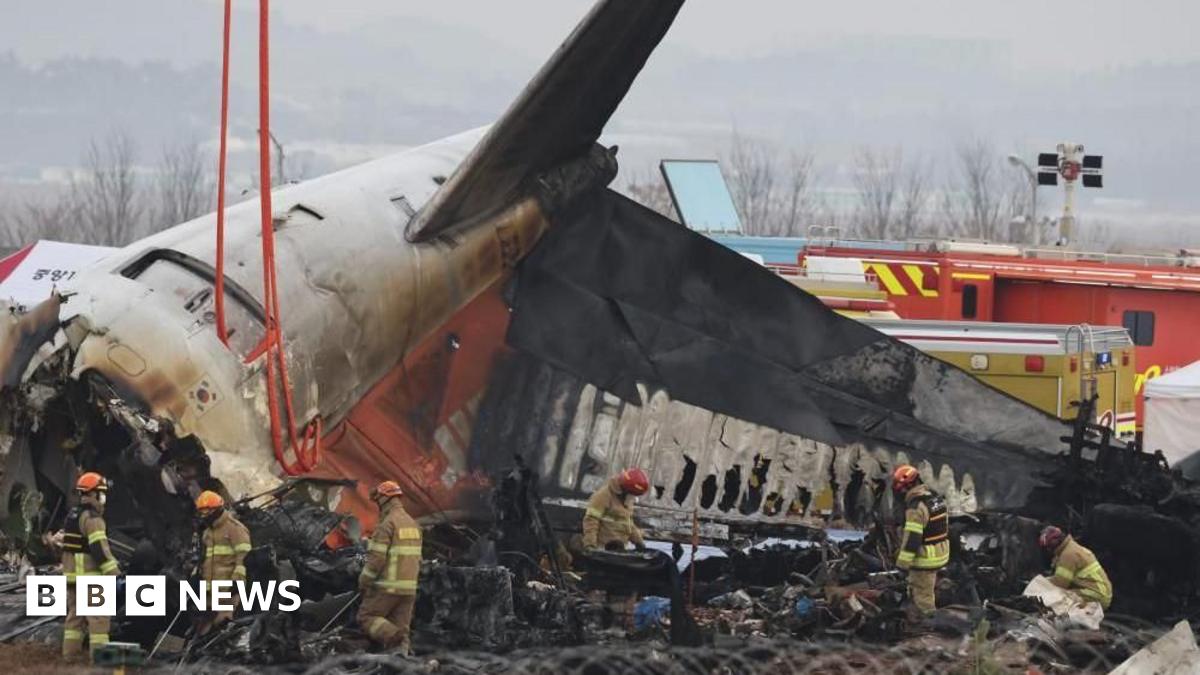The 49-page indictment against Donald Trump unsealed on Friday is a charging document of uncommon specificity, legal experts said.
Accusing him of mishandling government secrets and lying to authorities, US prosecutors showed boxes containing classified records piled high in a bathroom and alleged the former president shared details of a “plan of attack” with others.
The broad array of evidence gives the Department of Justice a strong case in proving the first federal criminal charges against a former president in US history. But its unprecedented nature makes the outcome unpredictable.
Jack Smith, a special counsel appointed by US attorney-general Merrick Garland, obtained charges against Trump on 37 criminal counts, including conspiracy to obstruct justice, concealing documents in a federal investigation and making false statements. The breadth of the indictment surprised legal analysts.
“What’s really stunning is the details” showing the sensitive nature of the documents and Trump’s handling of them, said David Alan Sklansky, a professor at Stanford Law School.
According to the indictment, Trump illegally brought classified documents, including information on US nuclear programmes and military vulnerabilities, to his Mar-a-Lago estate in Florida after leaving the White House in January 2021.
In one instance, Trump allegedly showed a US “plan of attack” against a foreign country to visitors, acknowledging that it was “highly confidential” and “secret”. An audio recording captured his comments, according to the indictment.
The justice department also accused the ex-president of seeking to avoid compliance with a subpoena that requested he hand over classified documents. “Wouldn’t it be better if we just told them we don’t have anything here?” Trump allegedly said, according to one of his lawyers cited in the indictment.
Trump, who is running for president again in 2024, on Friday called Smith “deranged” and said the charges were politically motivated. He said that he had “supplied [the records] openly”.
Speaking at a brief press conference, Smith on Friday urged the public to read the entire document “to understand the scope and the gravity of the crimes charged”. The special counsel is also managing a probe involving Trump’s alleged interference in the transfer of power after the 2020 presidential election.
The DoJ has “done a very careful job” of making the indictment “available to the public right away before Trump is able to shape the narrative by spinning what’s happened”, Sklansky said.
The court filing included striking photographs of boxes holding sensitive material stacked up in a bathroom and shower, a storage room and a ballroom at Mar-a-Lago. One picture revealed documents spilled across a floor.

The pictures could be “devastating”, said Jonathan Turley, a professor at George Washington University Law School who had testified against Trump’s first presidential impeachment in 2019. “It is hard to argue that you acted responsibly by putting potentially classified documents next to the commode.”
Indictments tend to be “charging instruments” outlining basic information on what the government seeks to prove, said Daniel Richman, law professor at the Columbia Law School. “But this indictment really gives you a sense of how [the government is] going to prove those charges and that makes it . . . notably rare and significant”.
Richard Painter, who was the chief White House ethics lawyer in the George W Bush administration, argues that if Trump “did what is described in the indictment, he is going to be guilty of multiple counts”.
If Trump is convicted, the maximum prison term for each count ranges from five to 20 years. But experts say it is unrealistic for a potential guilty verdict to generate prison sentences that run consecutively.
Trump’s hopes of acquittal could be undermined if Waltine Nauta, a former White House valet who worked as his assistant and was charged as an alleged co-conspirator, decides to co-operate with the government. Nauta could not be reached for comment.
“This is daunting for the defence,” said Turley. “The scope and specificity of the evidence is going to make this a very challenging trial.”
Absent from the indictment were potentially more damaging allegations that Trump shared classified documents with foreign parties.
“In front of a jury I presume his defence lawyers will highlight those distinctions,” said Rob Kelner, head of the election and political group at Covington, a law firm. He added there was “less evidence” of Trump misusing the classified records or having “malicious intent to hurt the country”.
If the case goes to trial, prosecutors must prove guilt beyond a reasonable doubt to an entire jury in southern Florida, a politically mixed region with a strong base of support for Trump.
“The Trump defence team’s entire raison d’être will be appealing to that one dissident, probably Trump-sympathetic Florida juror,” Kelner said.
Bringing the case in Washington rather than Florida could have benefited the DoJ, analysts said.
But the government may have wanted to avoid starting proceedings with potential litigation over the court venue, according to Sklansky. “This just simplifies things by taking an issue off the table,” he said.
The federal judge assigned to the case, Aileen Cannon, could also present potential difficulties for the DoJ. Appointed by Trump, she last year granted the ex-president’s request for a “special master” to review the documents seized by the FBI at Mar-a-Lago, a ruling that temporarily froze the government’s probe but was ultimately overturned by an appeals court.
Some argue federal prosecutors were bound to face an added level of difficulty irrespective of the case’s legal merits, stemming from Trump being a former president.
“In a normal case it would be game, set, match [for the prosecution],” Kelner said. “But this is not a normal case”.
Credit: Source link











